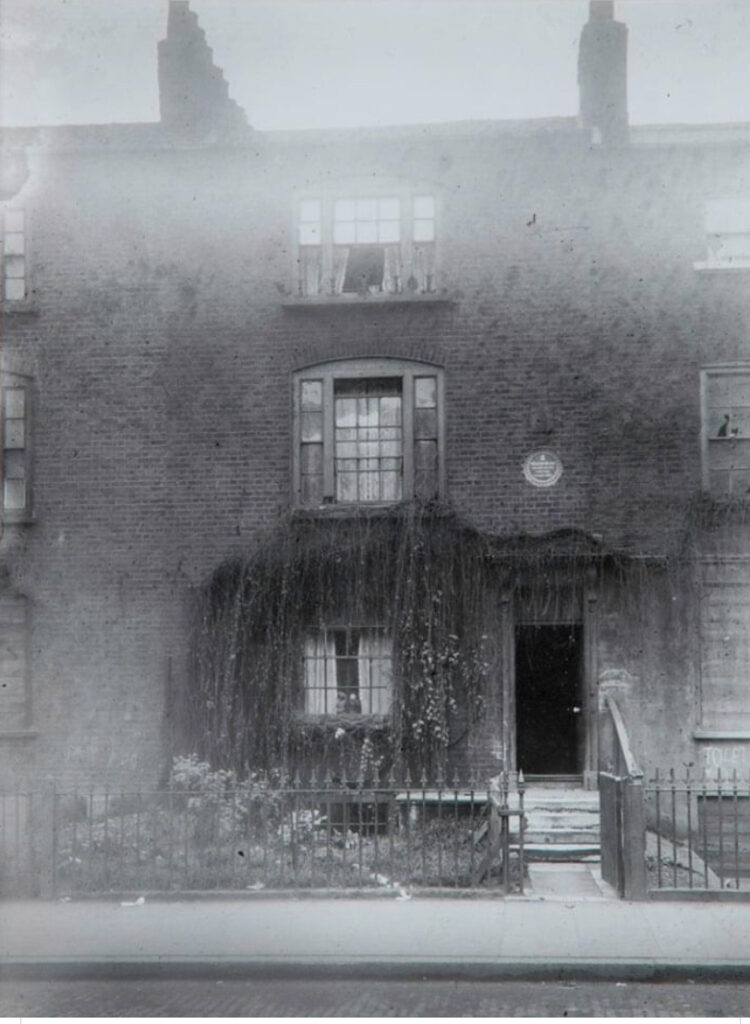Some of us are lucky enough to spend at least a portion of our week working from home. If you’re anything like us (and you are, trust us) you might be a bit fed up with the same circuitous lunchtime walk around Greater Kennington. Well the other week we were able to squeeze a little time between sending endless faxes and stapling, and we discovered a little surprise that that could be a stimulating lunchtime destination for you. If hanging out under railway arches is your thing.
William Blake was a true Renaissance man of late 18th century London, and spent his most creative and expressive years (1790 – 1800) living in Hercules Road in Lambeth North. A visionary poet, printmaker and painter, Blake was undoubtedly a genius and is now considered a titan of poetry. But in his day he was misunderstood, ridiculed, and criticized as a menace to society. So a bit like the staff here at the Runoff.
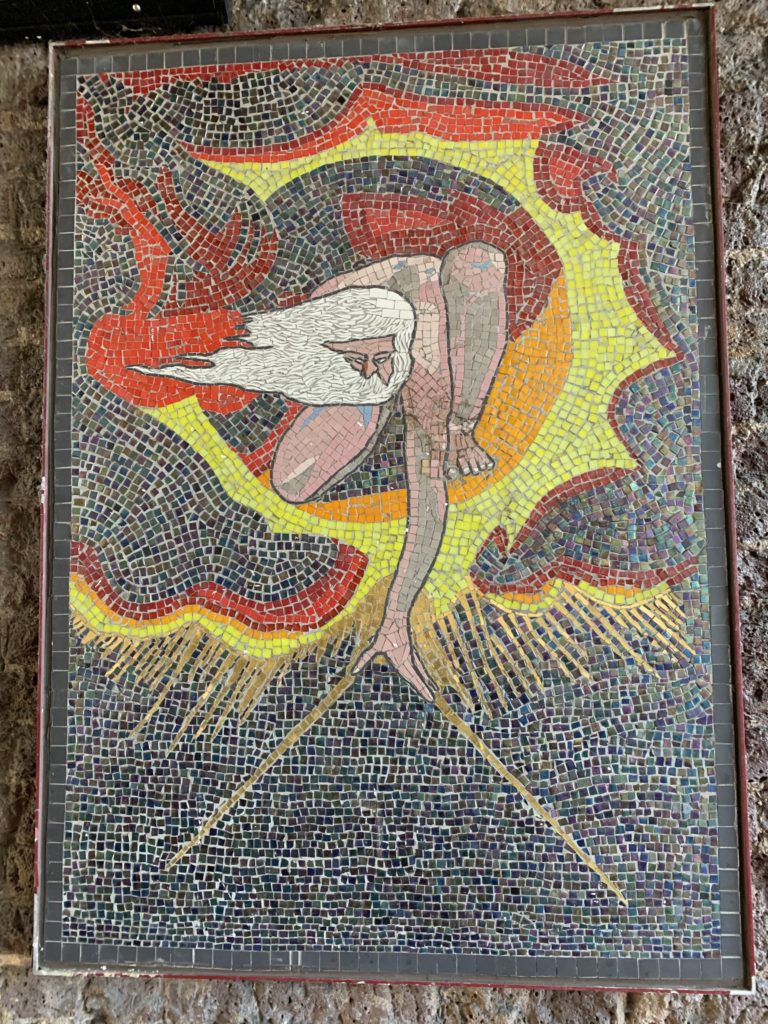
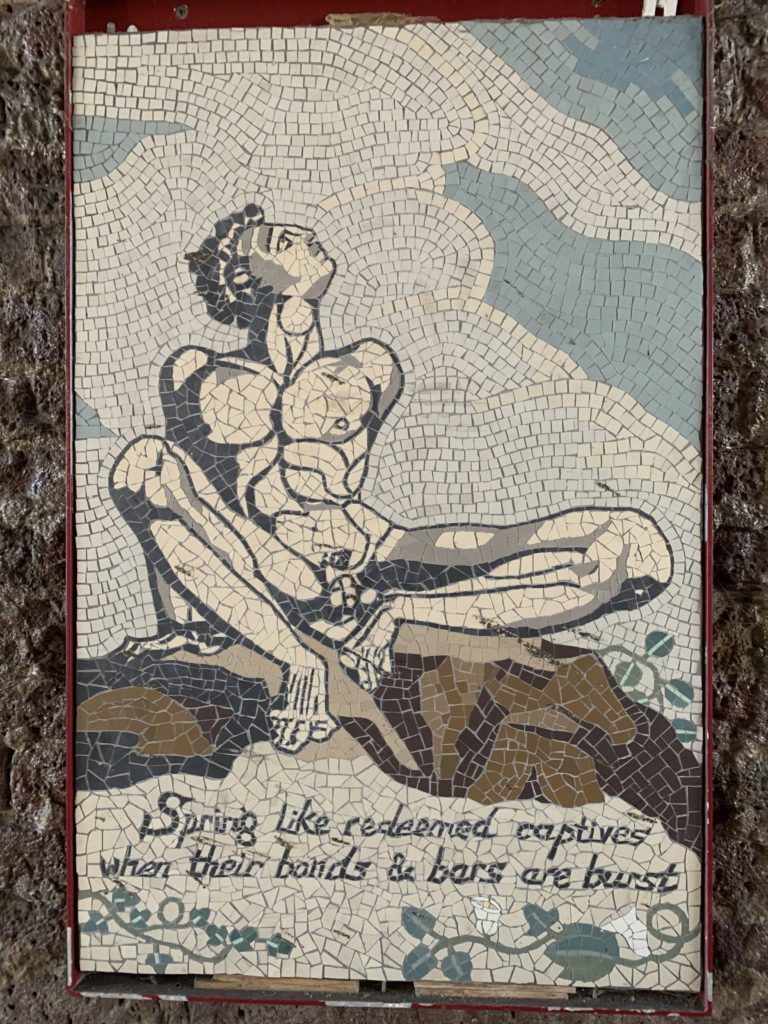
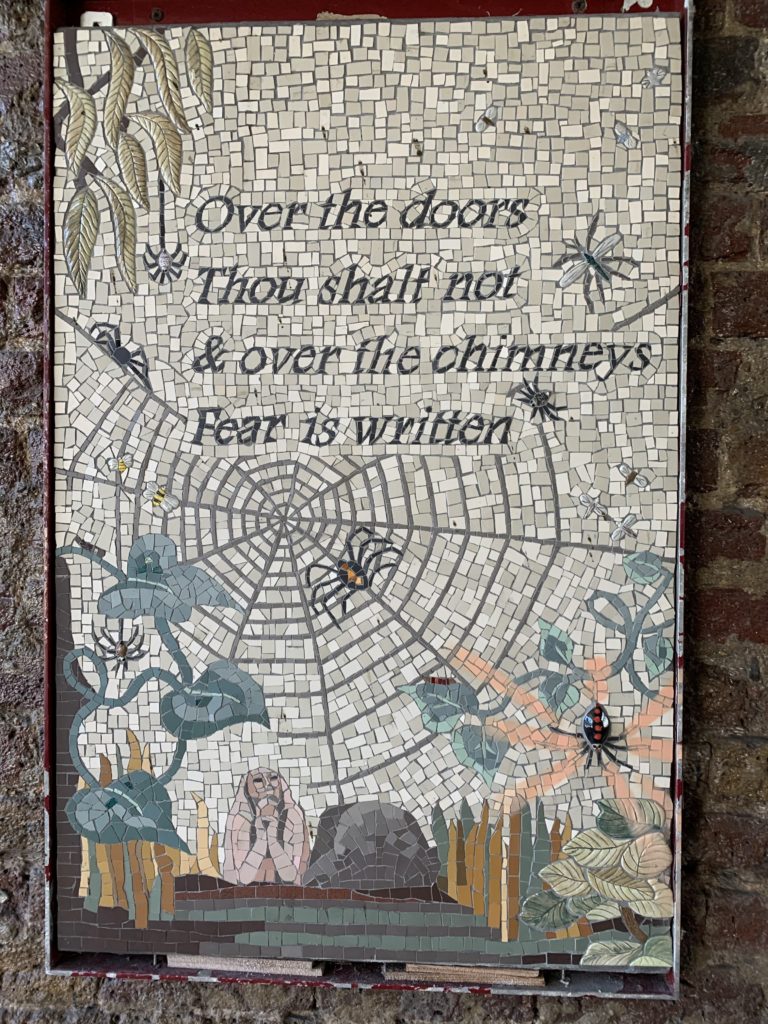
Of his many great visual works produced in Greater Kennington, the best known is probably ‘Newton’ (below), depicting Issac Newton with an outstretched hand holding a compass. This work was a favourite of Eduardo Paolozzi who immortalised it in bronze, and now sits mightily in the forecourt of the British Library. Some of Blake’s best known illustrations have been recreated in mosaic tiles and now decorate a railway arch that leads off of Hercules Road. Together they create the sort of urban derelict atmosphere that Blake himself was drawn to, and are well worth a lunchtime wander.
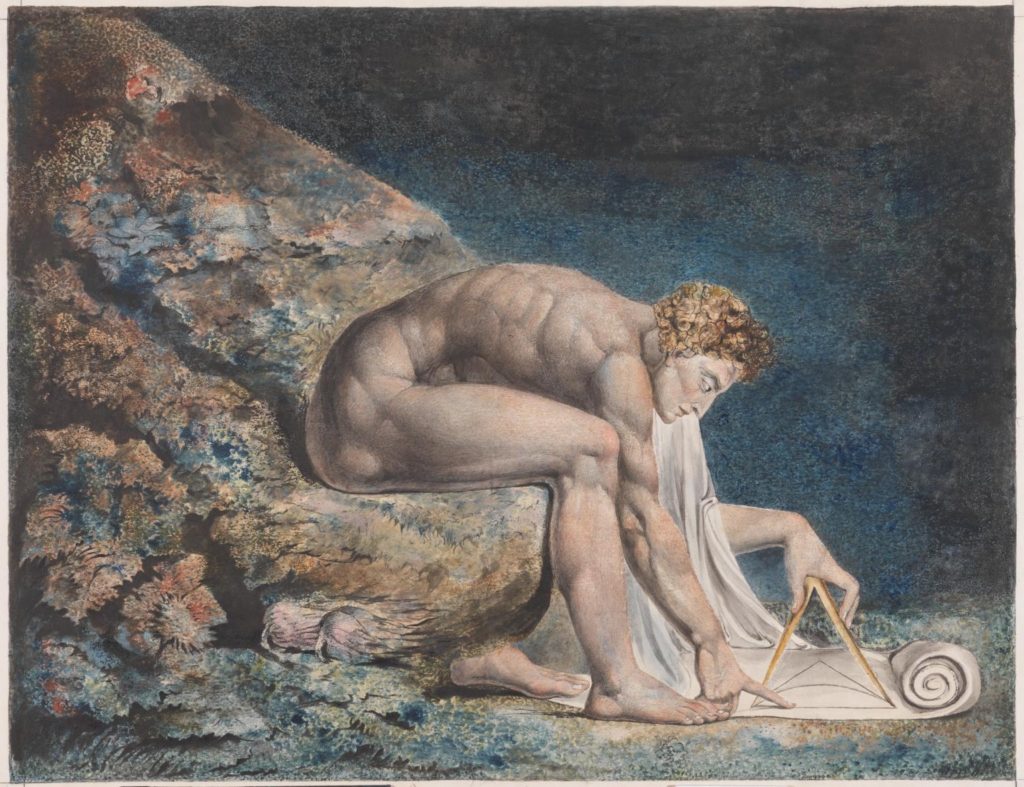
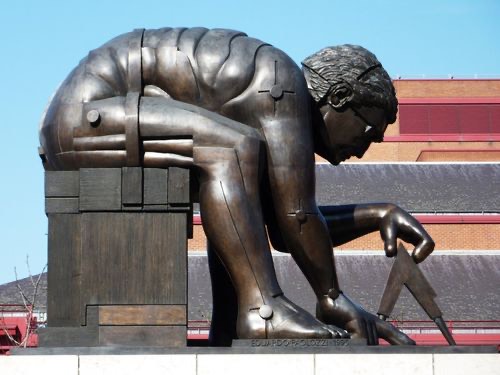
Some of Blake’s most vivid poems of this time celebrate the rural idyll of what is now Lambeth North. In his words from ‘Jerusalem’ “We builded Jerusalem as a City & a Temple; from Lambeth We begin our Foundations: lovely Lambeth”. However, by the end of the 18th century times were a changin’ and factories began to occupy the green and pristine land around Hercules Road. Blake took his fertile brain and never returned. The great man’s spirit lives on in the William Blake Estate and in this suitably eerie picture of his home, which was pulled down in 1917. More info on the route here.
